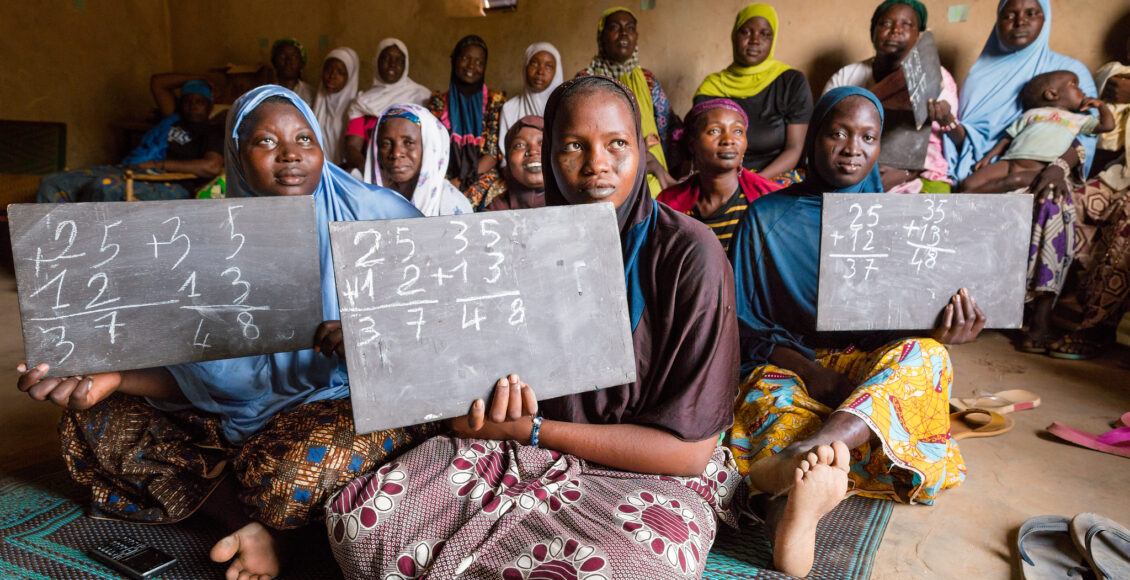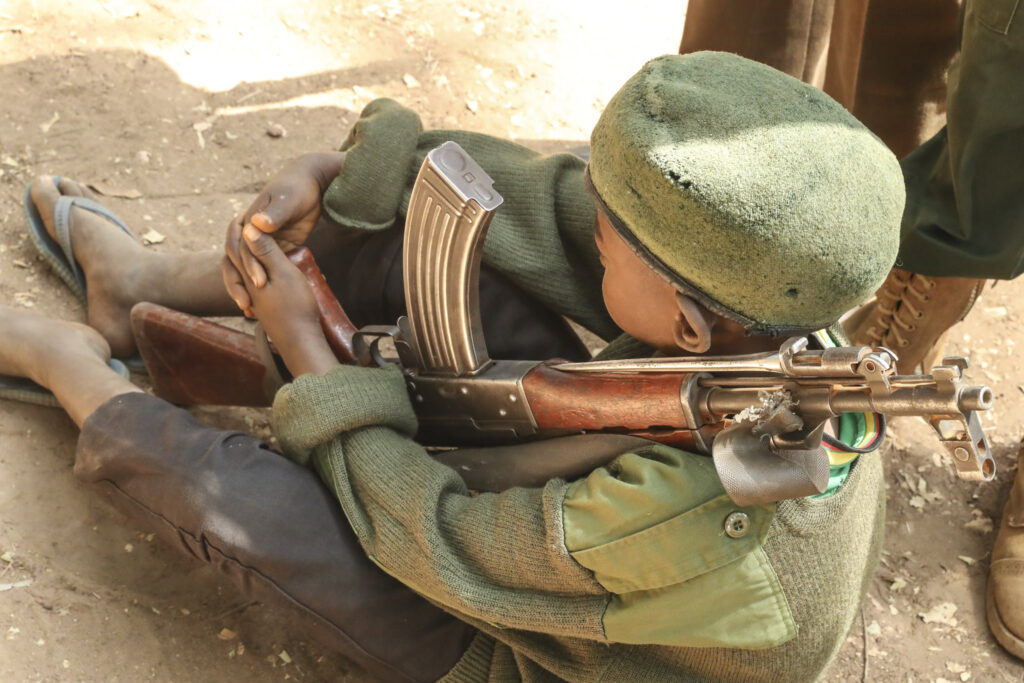The Education Crisis in MENA and the Sahel Region

One in three children is out of school in the Middle East and North Africa (MENA), leaving an estimated 30 million children between the ages of 5 and 18 without access to formal education. Access to schooling in the area had been improving over the last five decades, especially for girls, but a “recent string of crises [has resulted] in a staggering reversal of these [improvements],” according to UNICEF’s Edouard Beigbeder.
MENA’s issues with education are highly apparent in the Sahel region located in North-Central Africa, where escalating violence, displacement, and economic instability have incapacitated educational infrastructure. The Sahel region has long struggled with instability, and intra-civil conflicts have deepened the education crisis.
Since the decolonization of the Sahel in the 1960s, many of the region’s nations have experienced violent extremism driven by weak governance, economic decline, and the worsening effects of climate change. According to the Global Conflict Tracker, extremist groups have not only grown more powerful over the years but have also increasingly targeted education systems as a means of control. Armed groups occupy schools, threaten teachers, and forcibly displace students, with some also being coerced into joining these groups. While boys are more frequently conscripted as child soldiers, girls in conflict zones face heightened risks of forced marriage, sexual violence, and exploitation by these groups. As a result, nearly 1.4 million children in the region no longer have access to education as of June 2023.

Beyond economic and social barriers to education, violence itself is now a primary blockade. Armed groups have infiltrated, occupied, and destroyed schools, forcing closures and terrorizing students and teachers. Across the Central Sahel and Lake Chad Basin, over 11,100 schools had been shut down due to violence as of September 2022.
The consequences of this education crisis extend beyond the immediate loss of schooling. Children not in school face heightened risks of exploitation, child marriage, and recruitment into armed groups. Women and girls disproportionately bear the brunt of the crisis, underscoring gender as a critical factor in the region’s education crisis. In every country in the Sahel, fewer than half of adult women can read, keeping entire communities trapped in cycles of poverty and instability. A 2019 report from Oxfam explains the fundamental role of education in dismantling intergenerational poverty cycles—but with the Sahel’s current education crisis, such dismantling cannot occur.
The unequal impact of the education crisis on women and girls is perhaps its most alarming aspect. Cultural and economic barriers always have limited girls’ education, but with the upsurge of conflict in the Sahel, many families may pull their daughters out of school “as [a] means to protect [them] from pregnancy outside of marriage and to shield them from violence.”
Gender disparities in education result in women and girls missing out on independence and financial security, as well as other means of empowerment. When girls do receive an education, they are seen to marry later in life and have fewer children, are more likely to understand their rights, and are less likely to suffer gender-based violence, specifically from their intimate partner.
In Mali (Central Sahel), over half of students are no longer in school, with many of them being recruited by militant groups. Even when schools remain open, the majority of children in the Central Sahel do not feel safe attending, demonstrating a heavy psychological impact of the conflict on the children. Children who have experienced education-related traumatic events often develop a negative association with the school environment, leading to a plethora of long-term consequences, not just academic but also health-related.

This lost access to education has profound socio-economic consequences for the Sahel region. A lost generation of students means a lost generation of workers, entrepreneurs, and leaders. Thus, by disrupting education, this conflict directly weakens the region’s future workforce, which will only maintain the economic challenges the region already faces. Lack of education is one of the most significant barriers to economic development: when children miss out on school, they grow up without the skills needed for stable jobs, trapping entire communities in poverty.
Education is also crucial in maintaining peace and security. Research has consistently shown how countries with higher literacy rates and access to education experience lower levels of conflict—one study found that even a “one year increase in education per [individual] reduces the risk of [a] civil war by 20 per cent.” With millions of children in the Sahel and MENA currently being denied education, further instability and conflict are not being mitigated.
Despite the extent of the crisis, efforts are being made to rebuild education systems in the region. Organizations like UNICEF and Education Cannot Wait (ECW) are launching emergency learning programs for displaced children, and in conflict zones around the globe (not just the Sahel), efforts are being made to reassemble schools and provide psychological support. However, ongoing violence threatens these programs’ sustainability, as do shortfalls in funding. Funding for education in crisis settings remains severely under-prioritized, with less than 3 percent of humanitarian aid going toward education initiatives. Without long-term commitment and international pressure, millions of children may remain without access to education.
Without urgent and targeted intervention, the education crisis in the Sahel and MENA will continue to foster cycles of poverty, conflict, and instability. A generation without access to education means a future workforce lacking skills, communities without economic opportunities, and states without sustainable development. While organizations are working to rebuild and enhance the education systems, long-term success will depend on sustained and effective international aid and pressure. The global community must commit to protecting and prioritizing education in crisis settings—and recognize that education is a fundamental tool to prevent violence and conflict. Without this prioritization, millions of children will remain barred from learning, deepening the very crises education has the power to resolve.
Edited by Hannah Lalonde
Featured image: A group of housewives attend a literacy and numeracy class held by the Global Partnership for Education in the Tilaberri Region, Niger, April 2017. “Housewives at a literacy and numeracy class” by GPE/Kelley Lynch is licensed under CC BY-NC-ND 2.0.
